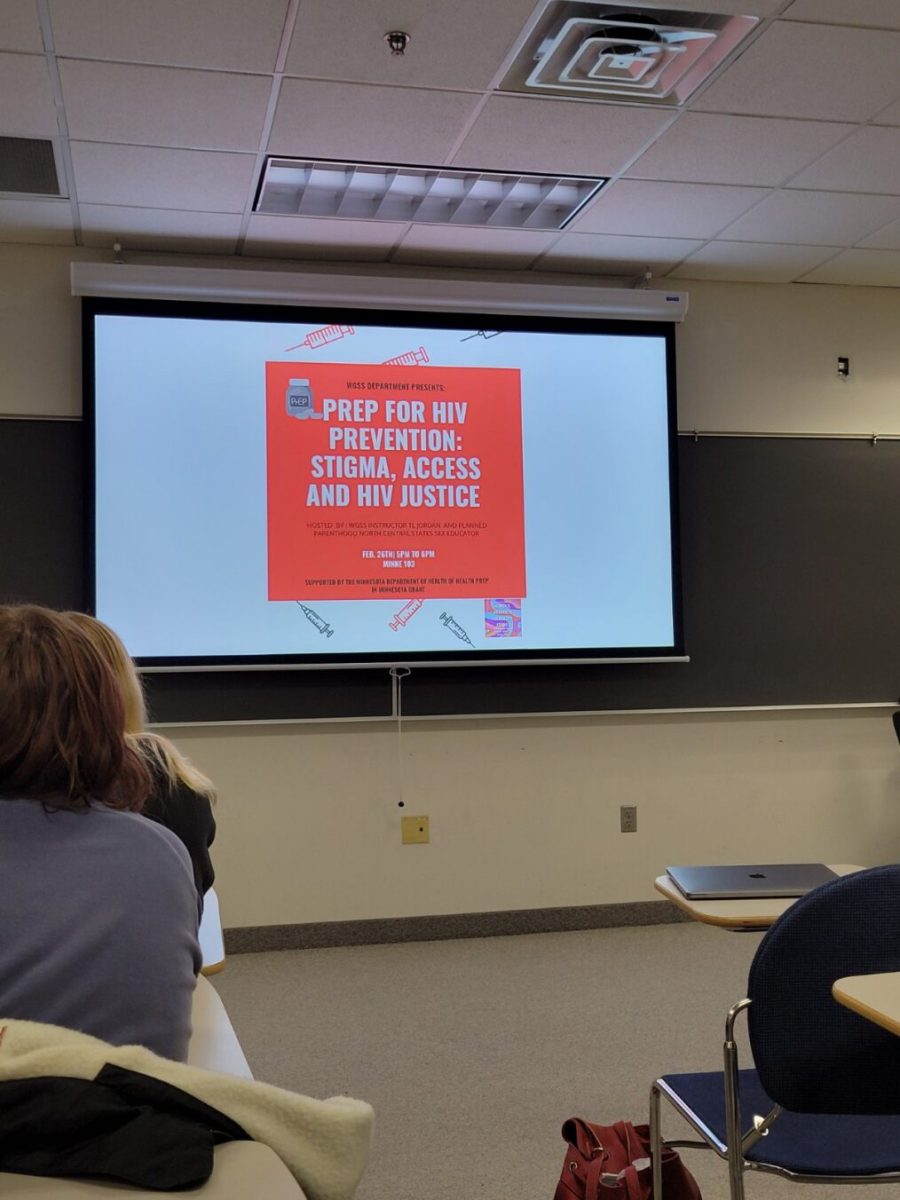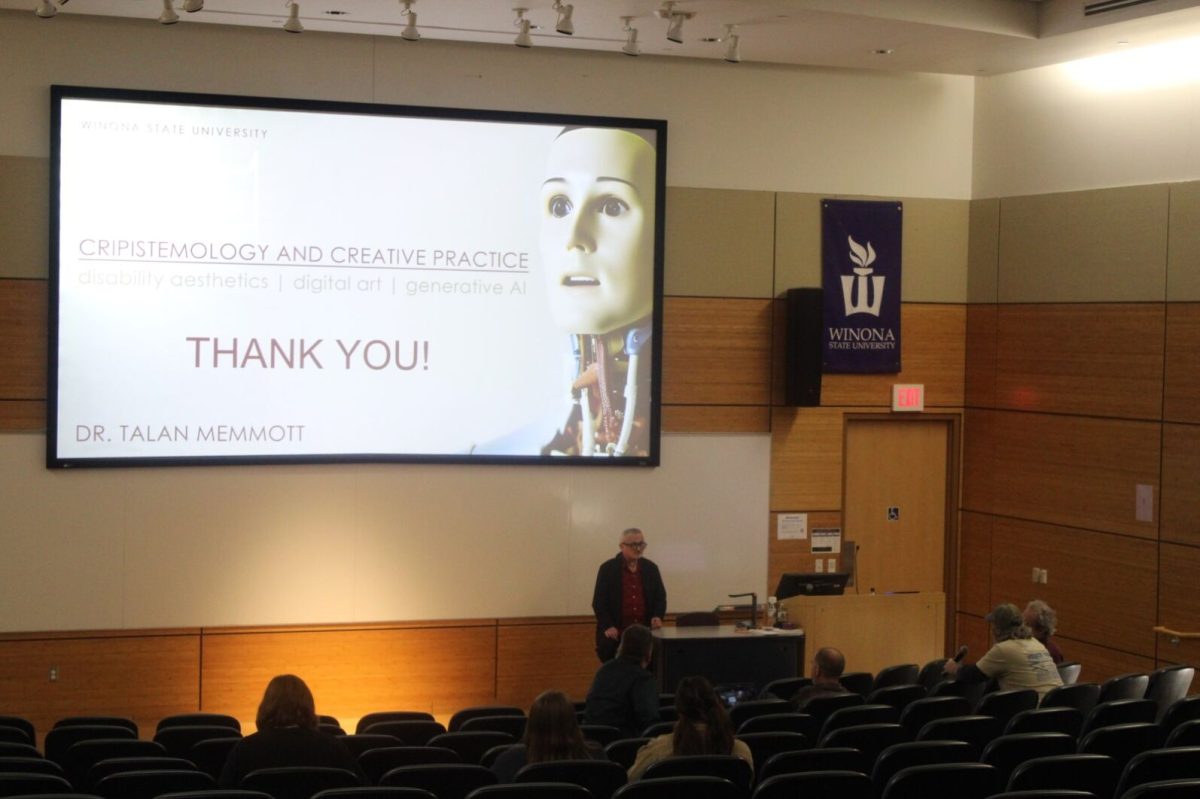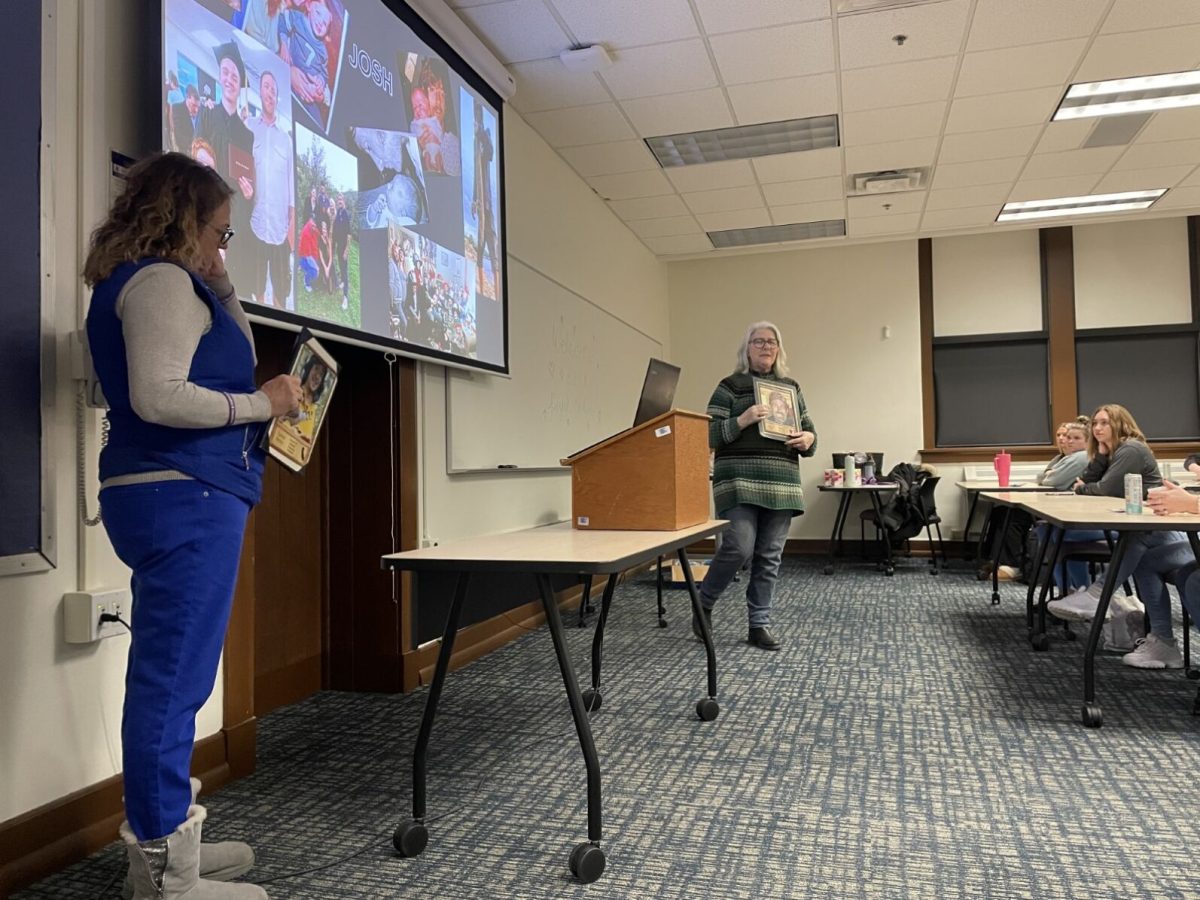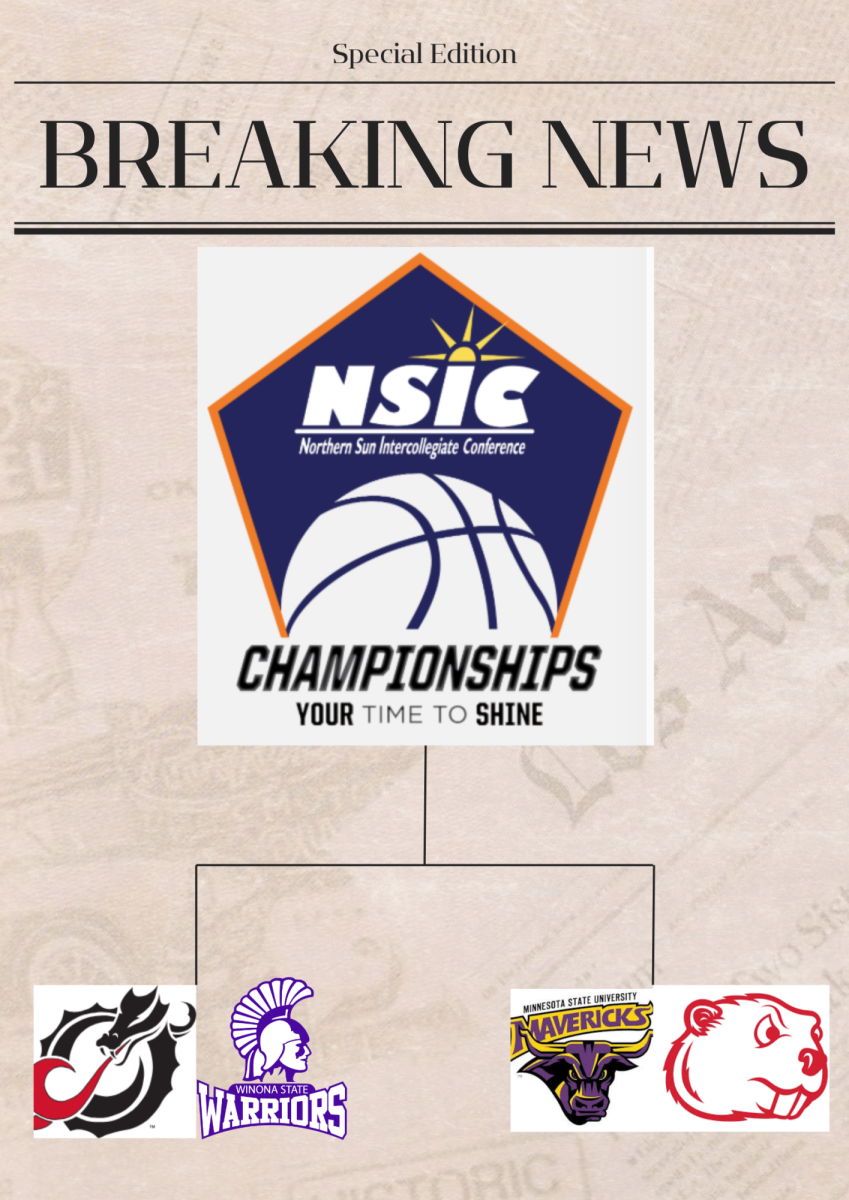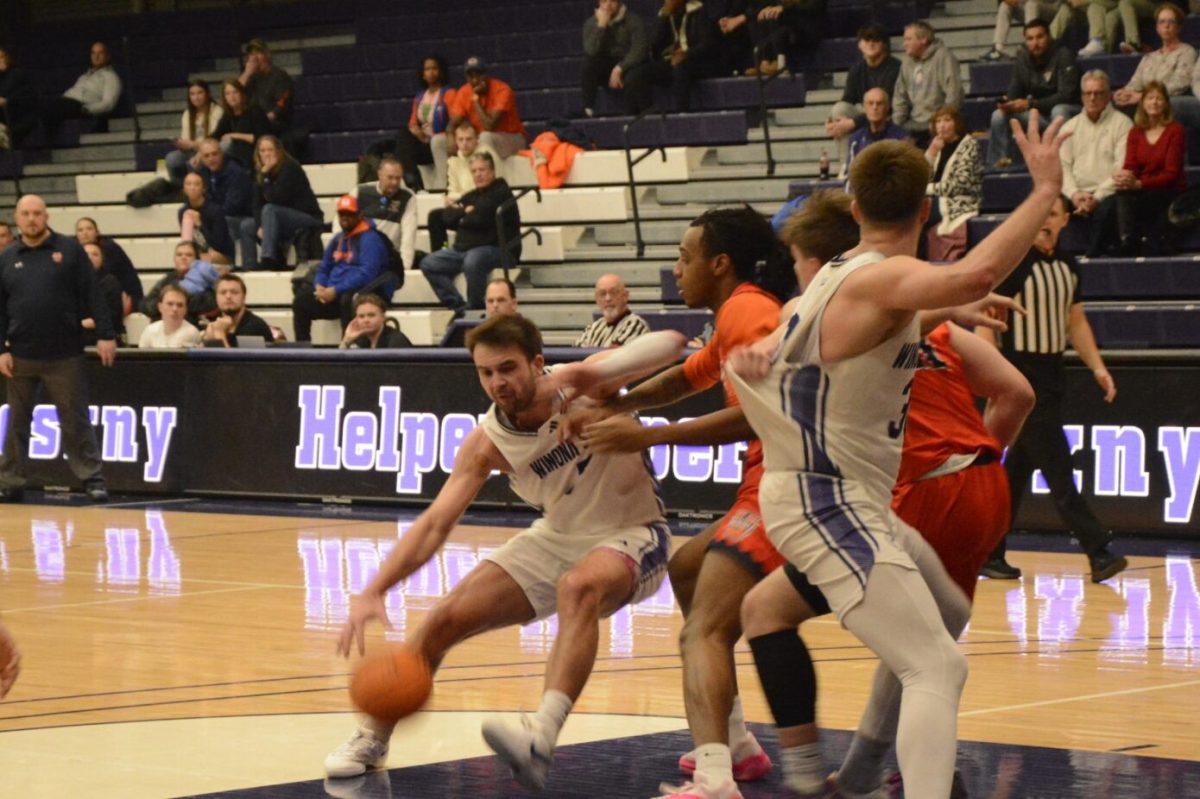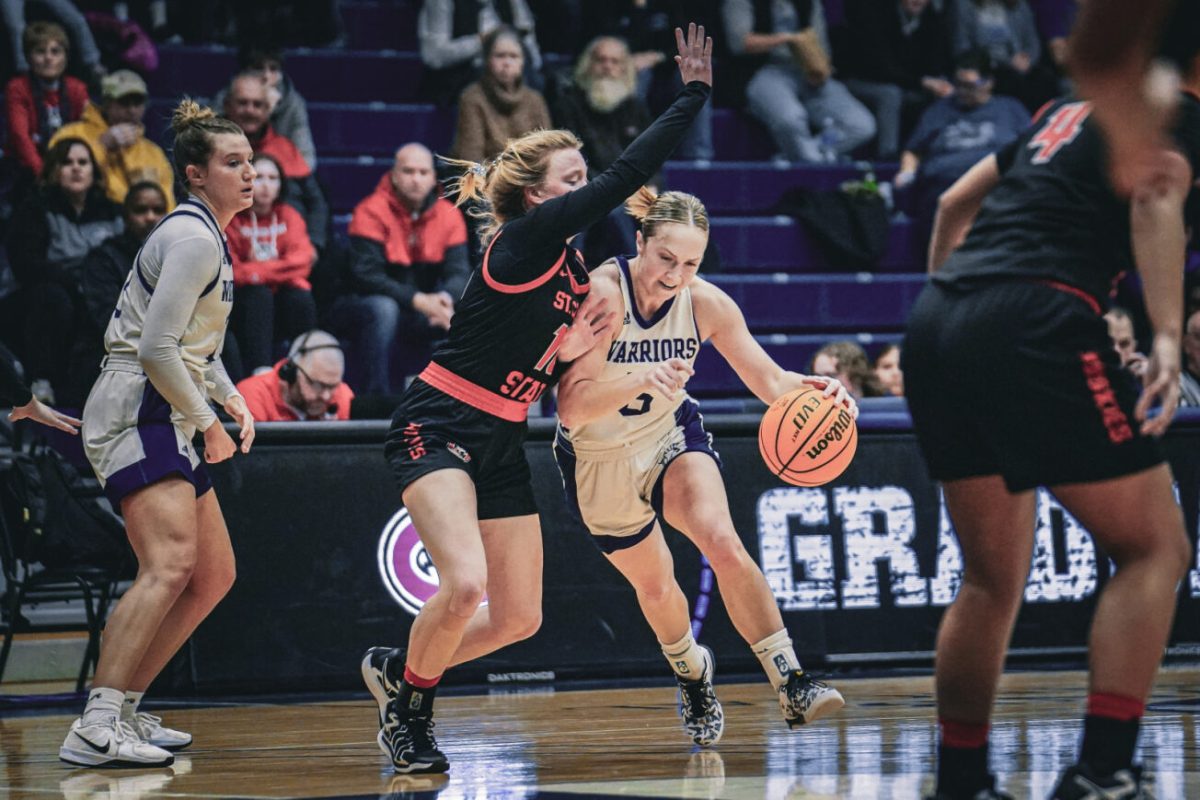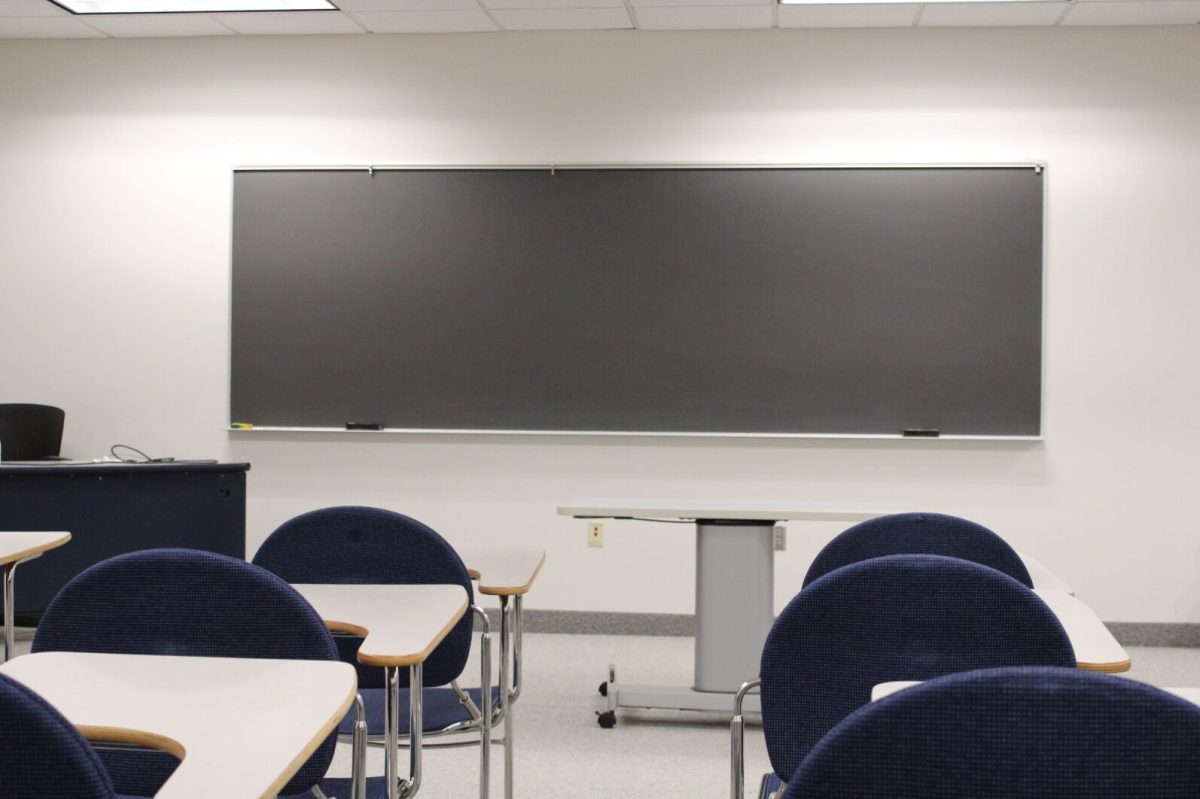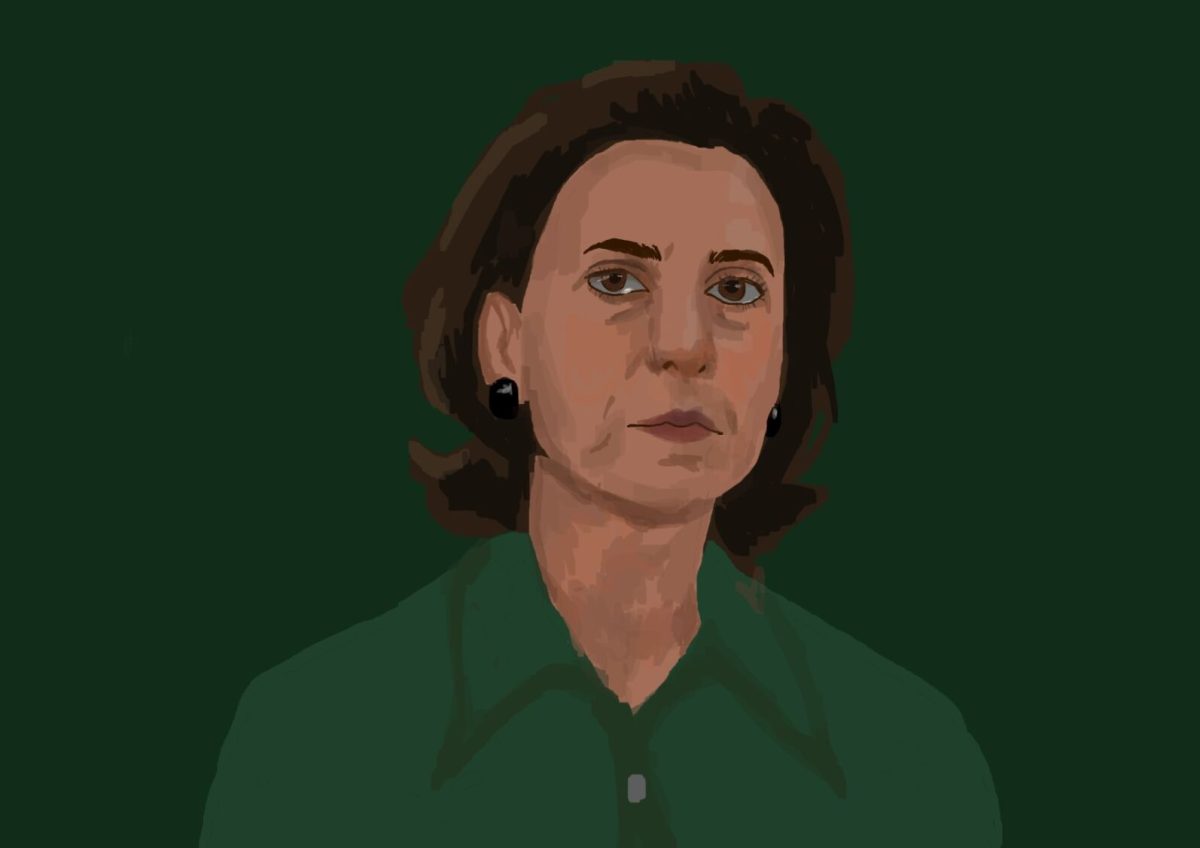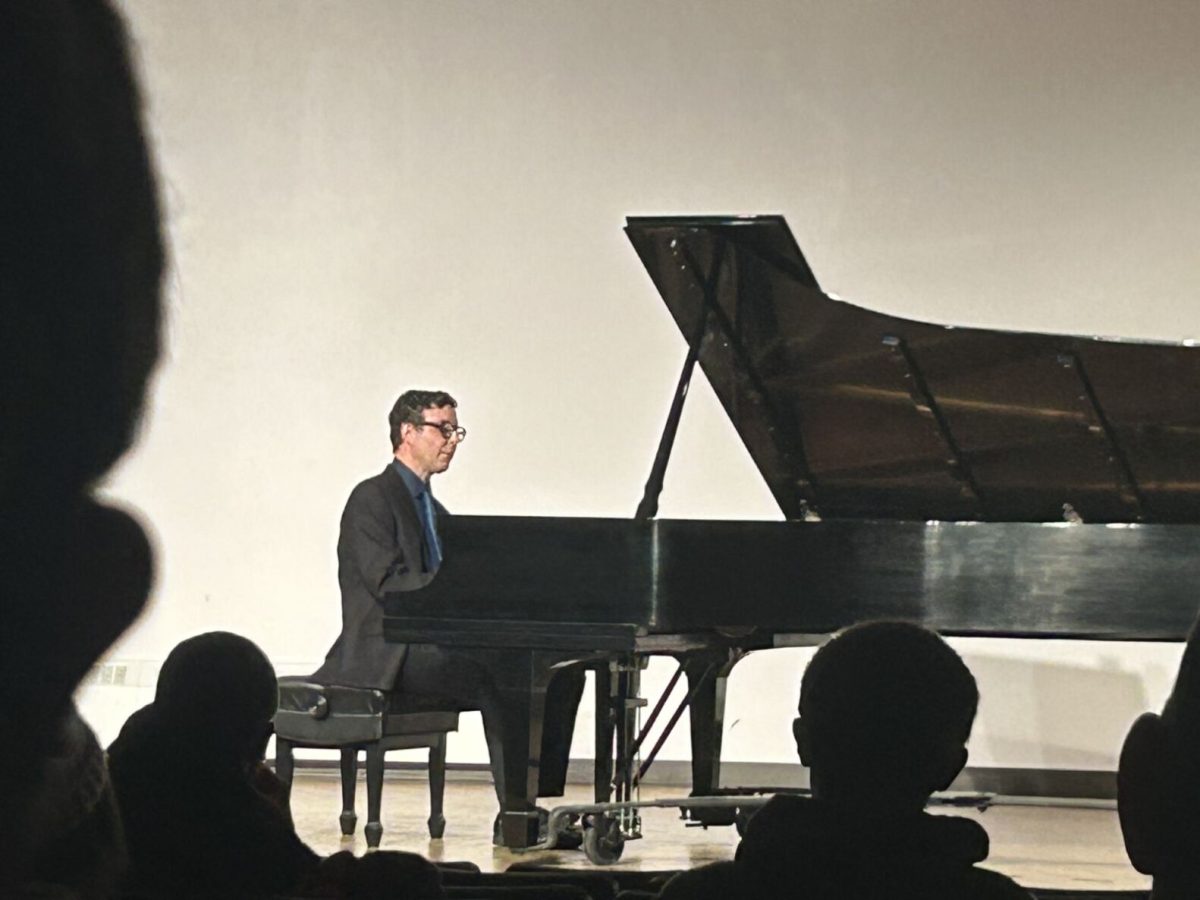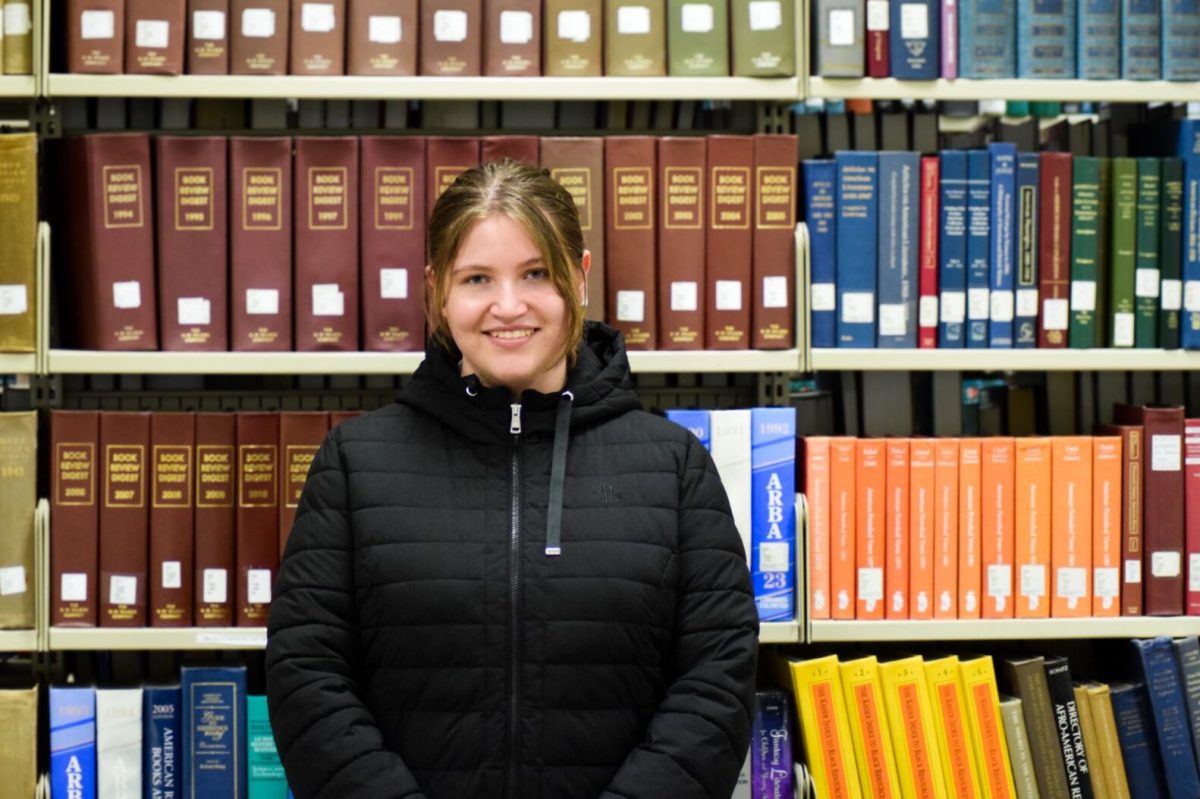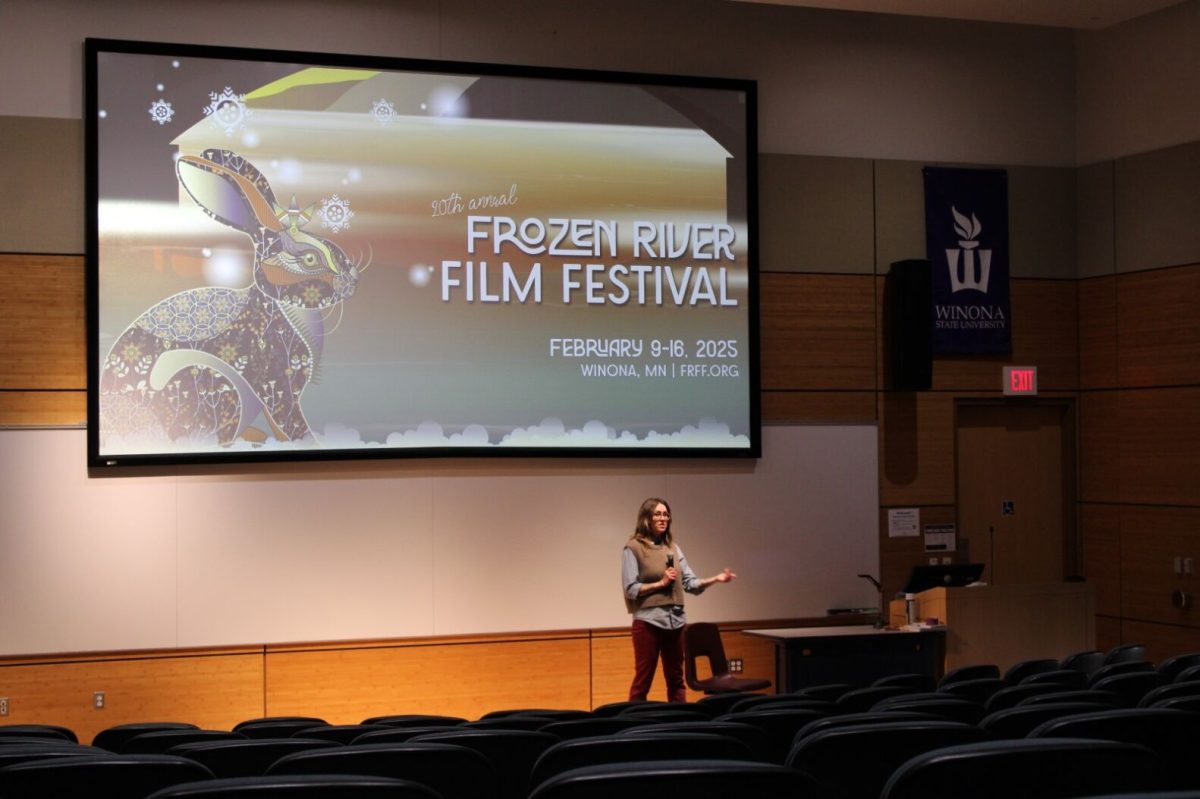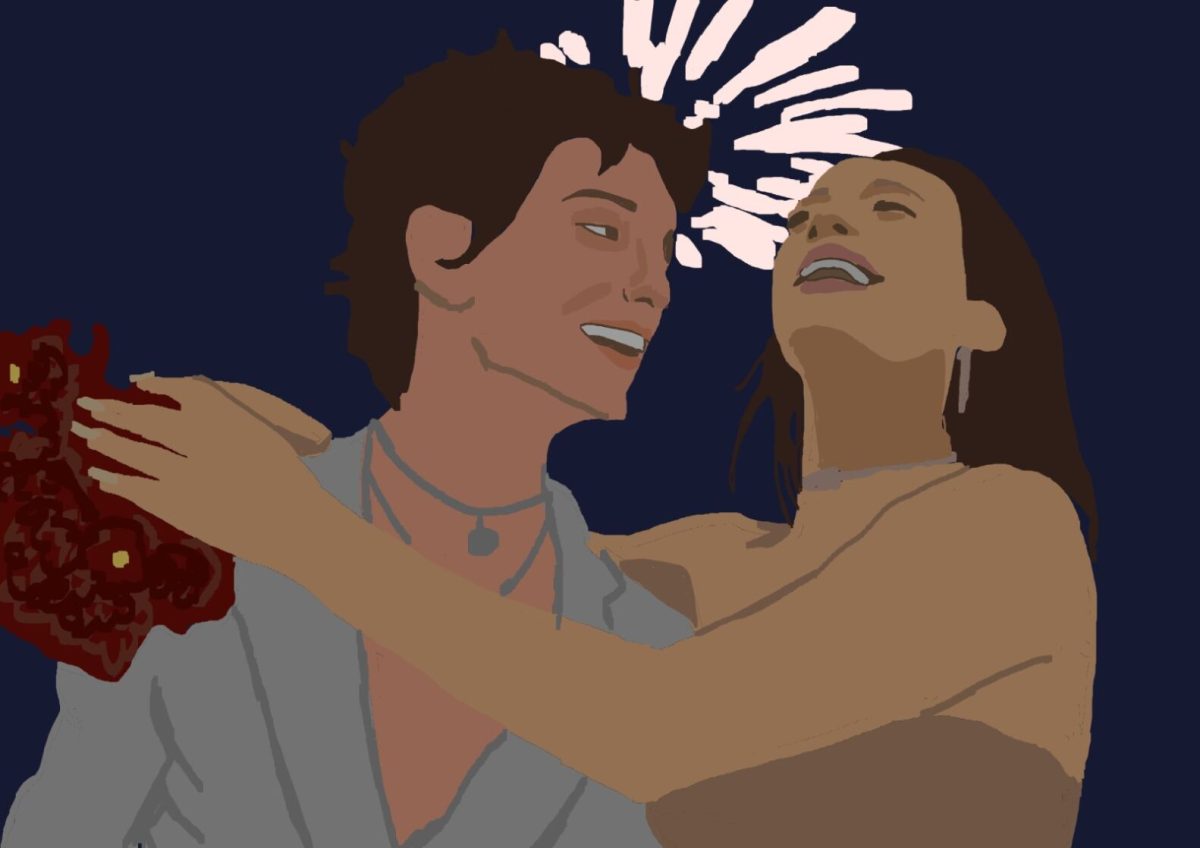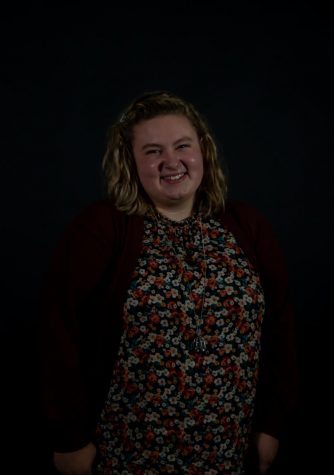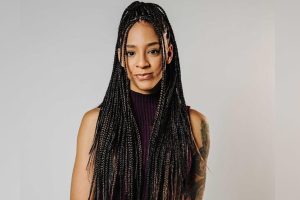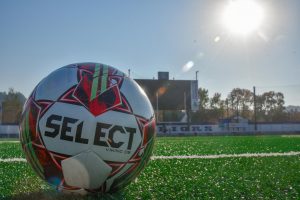Lakota guidance prompts mural coverage

September 16, 2020
As Winona State University leaders continue to learn about the Indigenous land on which Winona State sits, the university has been making changes to their physical layout, the newest development being the covering of a mural in Somsen Hall. In the past, Winona State has moved the “End of the Trail” statue to the Darrell Krueger Library to allow for more context, as well as build the Indigenous Learning garden in front of the Dufresne Performing Arts Center.
On the front stairwell of Somsen, there is a three-sided mural painted by Minnesotan artist John Martin Socha, who studied under Mexican painter Diego Rivera. According to Winona State University president Scott Olson, Socha painted this mural in the 1930s as part of the Work Projects Administration (WPA).
Olson said that at the time the mural was painted, it was viewed as “progressive” and “heroic”. However, as the Winona State community has grown more open to hearing from local indigenous communities, they have realized this inaccurate mural does more damage than good to people’s knowledge about the Očhéthi Šakówiŋ (Sioux) people, who are one of the indigenous groups of Winona.
“Ninety years later, our modern eyes see these things differently, not only in terms of depictions of indigenous people and of race, but also of gender,” Olson said.
According to Olson, the mural is structured like a mirror. One side depicts European-Americans “conquering” the region, while the other side of the mural depicts a European settler legend which they imposed onto the indigenous people.
“There is a German legend called the “Lorelei”–a tale of a jilted female lover committing suicide–that was grafted onto Dakota culture, with a “Princess Winona” jumping off of Maiden Rock,” Olson said. “The mural depicts the whole mythology, including a bare-breasted Princess Winona killing herself.”
While this mural has been up in Somsen for decades, Olson said it first came to his attention eight years ago, when he became president of Winona State. However, the mural was already one of many issues in the mind of Cante Suta, Francis Bettelyoun, a Lakota elder and member of the Očhéthi Šakówiŋ Advisory Council, which advises Winona State administration about matters concerning the local indigenous groups.
Bettelyoun has been working with Winona State students and faculty for the past few years. While the committee has been working to educate faculty, student leadership and students themselves, they have also been doing things like discussing how indigenous history can be included in Winona State curriculum and addressing indigenous issues on campus.
Because Winona State occupies Očhéthi Šakówiŋ land, Bettelyoun stressed the importance of “institutional awareness”, stating that Winona State has “responsibility in repairing those relationships”.
Jonathan Locust, associate vice president for the Office of Equity & Inclusive Excellence, also stressed the importance of listening to the Očhéthi Šakówiŋ people in order to best repair relationships and further educate the community.
“Going through the process of covering it up is a better way where it allows us to strengthen and even better establish the relationship with the indigenous people because for them, that mural was something that needed to go,” Locust said. “As we’ve been able to hear more from an indigenous perspective, and as our community members have been able to hear more, there were people that were open to it and supportive of removing it based on how it affected the Očhéthi Šakówiŋ people.”
However, according to Bettelyoun, the mural is only one step on the way to better educating the community about the Očhéthi Šakówiŋ people and their history. Bettelyoun says that indigenous people have greatly suffered since the European settlers came to “Turtle Island”, which is presently known as the United States. To him, this mural is indicative of much deeper issues stemming back centuries.
“The mural is dehumanizing, but it’s not just about the art piece,” Bettelyoun said. “It is a part of larger genocidal and assimilation practices.”
According to Bettelyoun, inaccurate art is one piece of a larger puzzle that serves to either whitewash or eliminate the history and culture of local indigenous people. Because most students in K-12 schools “weren’t taught the truth about what happened on the land you occupy,” most people go through life believing false narratives about indigenous people.
“People around the world talk about and learn from colonizer history,” Bettelyoun said. “What they don’t learn is how treaties were violated, about the misrepresentation, thefts and inaccurate history. What you learn is propaganda. That [injustice] is why we are speaking loudly.”
To combat the harm that has been done, Bettelyoun believes that the conversation must start with indigenous people about their homeland.
“We are the only ones who can educate in that way,” Bettelyoun said. “When something happens in your community, seek local indigenous people out.”
Bettelyoun says he hopes that in the future, it is mandatory at Winona State that students, staff, faculty and administration learn about indigenous history through indigenous people as an act of love towards people who have been oppressed.
“We take you as a relative immediately,” Bettelyoun said. “That means we treat each other with respect and love. We need to get back to that.”
Olson said that covering the mural is not the long-term solution.
“The plan is to have more campus-wide conversations toward longer-term solutions while seeking wisdom from our Očhéthi Šakówiŋ Advisory Council,” Olson said.


